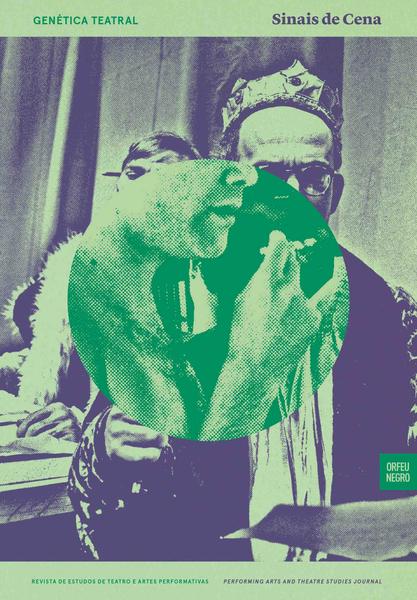Cavaleiros, amantes e mambembes
DOI:
https://doi.org/10.51427/cet.sdc.2017.0011Keywords:
Goethe, Sturm und Drang, Götz von Berlichingen, Theatre aesthetics, Theatre historyAbstract
The play "Götz von Berlichingen," the epistolary novel "The Sorrows of Young Werther," and the Bildungsroman "Wilhelm Meister's Theatrical Mission," written by the young Goethe during his period of affinity with the Sturm und Drang movement, are discussed in this article as instruments in the struggle of German culture against the hegemony of French culture, which has persisted since the 17th-century classicism as the sole accepted model in the realm of art in Germany. Harmony, symmetry, conciseness, abstraction, and unity of action give way in the mentioned works to the misshapen, the grotesque, exaggeration, a focus on reality, the proliferation of incidents, and the dominance of character over the course of events. The affinity of the analyzed texts with the dramatic work of the young Lenz is noted. In the play "Götz," the structural aspects that make it emblematic of the break from French dramatic poetics are highlighted. In "The Sorrows of Young Werther," the analysis brings out sentimentality and individualism, while in the Bildungsroman, the Shakespearean model is discussed, considered by the Stürmer as closer to German traditions than French poetics.
Downloads
Downloads
Published
How to Cite
Issue
Section
License
Copyright (c) 2017 Fátima Saadi

This work is licensed under a Creative Commons Attribution-NonCommercial-NoDerivatives 4.0 International License.
Authors who publish in Sinais de Cena will release their contributions under the Creative Commons — Attribution-NonCommercial-NoDerivs 3.0 Portugal — CC BY-NC-ND 3.0 PT: “Licensees may share, copy and distribute the material in any medium or format, under the following terms: 1) You must give appropriate credit, provide a link to the license, and indicate if changes were made. You may do so in any reasonable manner, but not in any way that suggests the licensor endorses you or your use. 2) You may not use the material for commercial purposes. 3) If you remix, transform, or build upon the material, you may not distribute the modified material".









